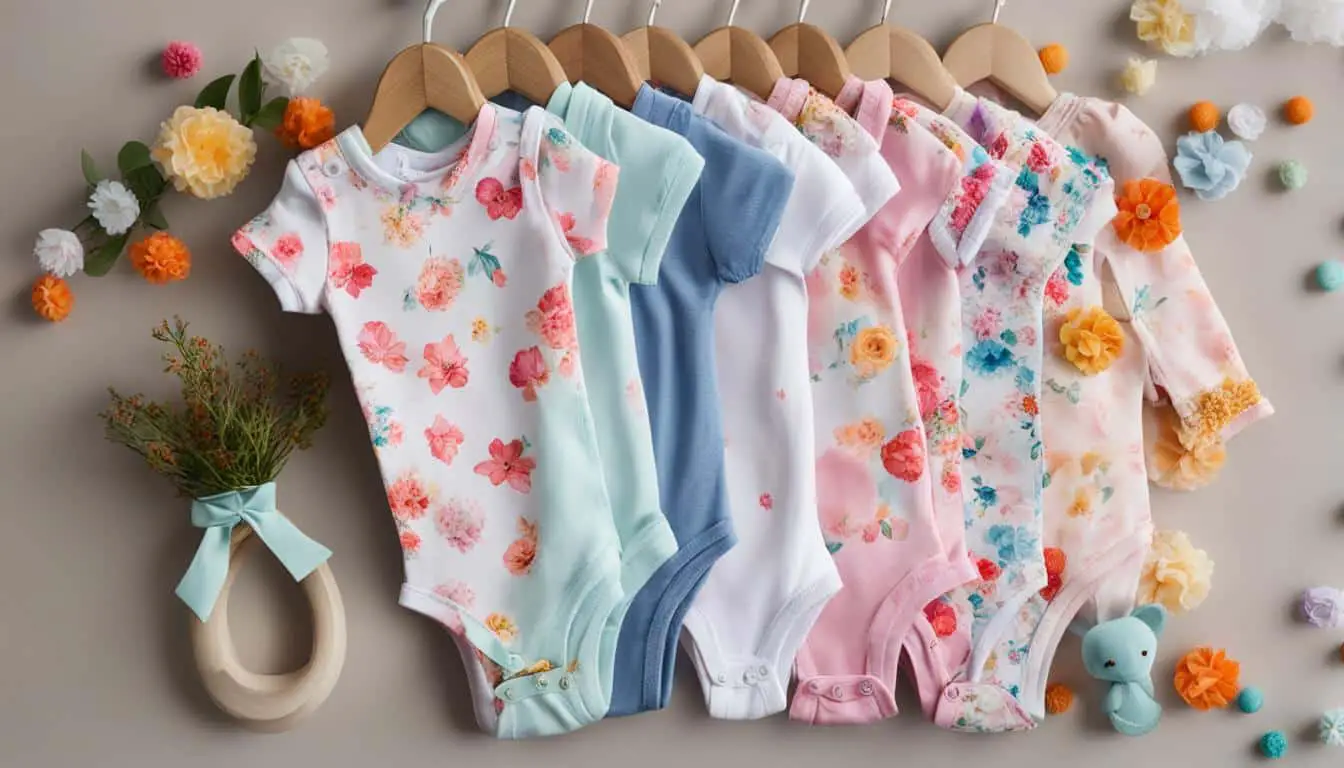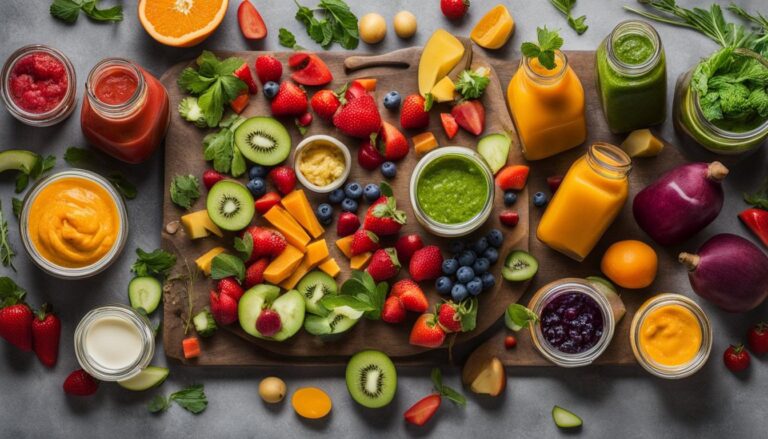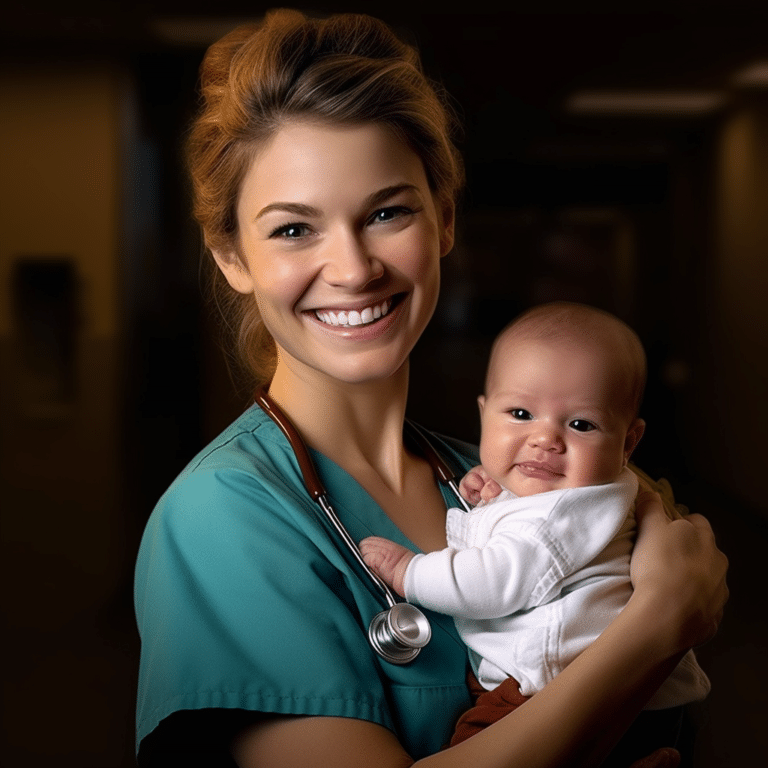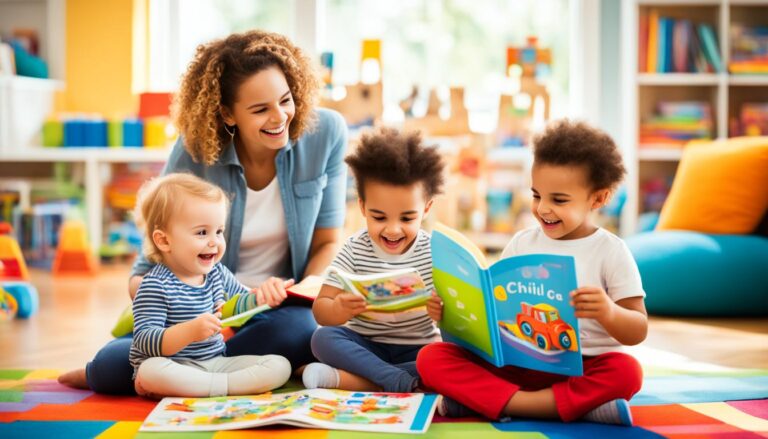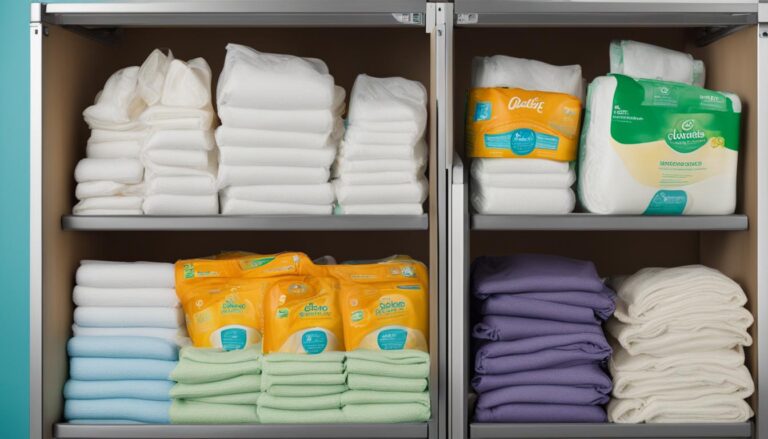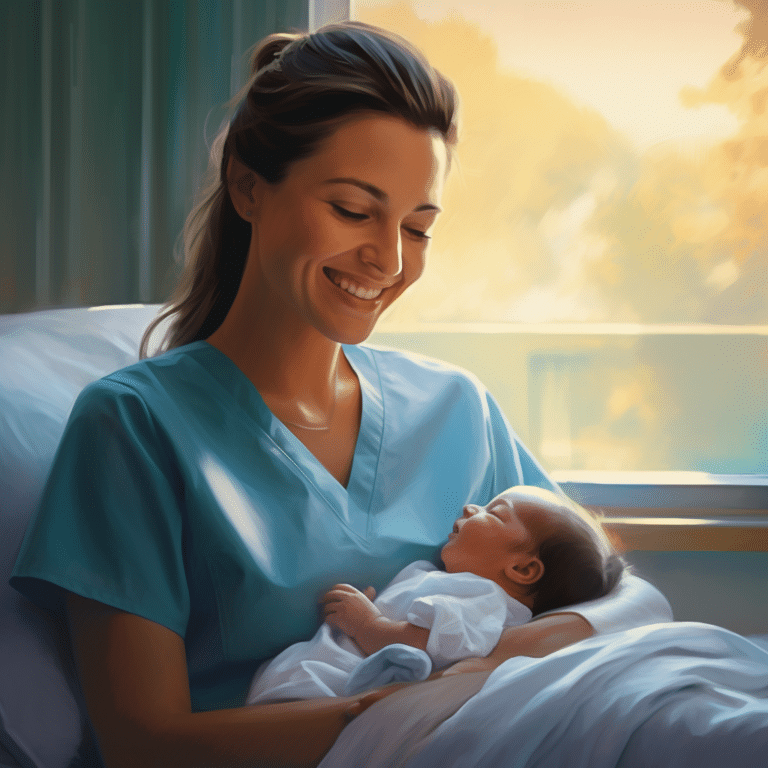The Evolution of Baby Fashion: Trends and Tips
When it comes to dressing your little ones, baby fashion has come a long way. Just like adult fashion, trends in baby fashion have evolved over time, reflecting the changing tastes and preferences of parents. From the practicality of lightweight clothing in the eighteenth century to the gender-specific colors of the twentieth century, the world of baby fashion has seen it all.
Nowadays, handmade garments are considered a luxurious option for babies, and parents have a wide range of fashion styles to choose from. Whether you prefer vintage, chic, casual, or tomboy, there are plenty of options to suit every little one’s personality.
So, what are the latest trends in baby fashion? Let’s explore some key takeaways:
Key Takeaways:
- Trends in baby fashion have evolved alongside adult fashion.
- Handmade garments are now considered a luxurious option.
- Parents have a wide range of fashion styles to choose from.
- Styles like vintage, chic, casual, and tomboy are popular choices.
- Experiment with different trends to find your little one’s unique style.
The Evolution of Kids’ Fashion: The 80s and 90s
The 80s and 90s were a time of vibrant and bold fashion trends for kids. These decades saw a departure from the more subdued styles of previous eras, as children’s fashion became more expressive and playful.
One of the defining characteristics of 80s kids’ fashion was the use of bold colors and patterns. Girls’ clothing, in particular, embraced the “little princess” look with lots of ruffles, bows, and frilly details. Dresses and skirts were often adorned with floral prints or large polka dots, creating a fun and whimsical aesthetic.
On the other hand, the 90s brought a shift towards a more minimalist approach in kids’ fashion. Clean lines, simple silhouettes, and neutral colors became the norm. Brands like Zara and Gap gained popularity for their classic and easy-to-mix styles, offering a more refined and understated look for both boys and girls.
Today, kids’ fashion is characterized by a focus on comfort and practicality. Parents seek out clothes that are durable and can withstand the rigors of everyday play. Sustainability has also become an important trend, with many parents opting for clothing made from sustainable materials and produced ethically. This shift reflects a growing awareness of the environmental impact of fashion and the desire to make more conscious choices for our children and the planet.

The Evolution of Kids’ Fashion: The 80s and 90s
| 80s Kids’ Fashion | 90s Kids’ Fashion |
|---|---|
| Bold colors | Neutral colors |
| Big patterns | Simple silhouettes |
| Ruffles and bows | Clean lines |
Evolution of Kids’ Fashion: 60s, 70s, and 80s
In the 60s, kids’ fashion took on a variety of styles. Boys were often seen wearing corduroy slacks and denim jeans, while girls favored collared dresses and pleated skirts. Earth tone plains and olive green shades were popular choices, reflecting the natural and earthy fashion trends of the era. As the decade progressed, boys started incorporating navy blues and pale yellows into their wardrobe, adding a touch of color to their outfits.
The 70s brought about further changes in kids’ fashion. Boys embraced three-piece sets, consisting of a shirt, vest, and matching pants, while girls had a wide range of boldly colored coordinates to choose from. This included vibrant dresses and matching accessories that showcased the playful and eclectic nature of the decade. Flared pants were also a popular choice for both boys and girls, adding a touch of flair to their outfits.
The 80s were characterized by their colorful and over-the-top aesthetic, and kids’ fashion was no exception. Boys embraced tapered pants and acid wash denim jeans, while girls sported leggings, oversized sweatshirts, and cuffed bottom pants. Fluorescent clothing became a notable trend during this era, with girls gravitating towards bright mint, hot pink, and coral shades. Boys, on the other hand, favored jean jackets and tartan shirts that reflected their rebellious spirit.
Table: Evolution of Kids’ Fashion in the 60s, 70s, and 80s
| 60s | 70s | 80s | |
|---|---|---|---|
| Boys | Corduroy slacks and denim jeans | Three-piece sets, flared pants | Tapered pants, acid wash denim jeans |
| Girls | Collared dresses, pleated skirts | Boldly colored coordinates, flared pants | Leggings, oversized sweatshirts, cuffed bottom pants |
| Colors | Earth tone plains, olive green | Vibrant colors | Fluorescent shades |
The evolution of kids’ fashion in the 60s, 70s, and 80s showcases the ever-changing trends that shaped the styles of the time. From the earthy tones and classic silhouettes of the 60s to the bold and vibrant looks of the 70s, and finally the colorful and playful aesthetic of the 80s, each decade brought its own unique fashion statement for children. These fashion trends continue to inspire and influence the styles we see today, allowing for creativity and self-expression in kids’ fashion.
Conclusion
The history of kids’ fashion is a fascinating journey through time, showcasing the ever-changing trends and styles that have shaped the way we dress our little ones. From the ethereal elegance of the 18th century to the bold and colorful aesthetic of the 80s, kids’ fashion has always been a reflection of the times.
Today, parents are more conscious than ever about finding clothing that not only looks good but also prioritizes practicality, comfort, and sustainability. The fashion industry has responded with a wide range of options that cater to these needs, allowing parents to make thoughtful choices for their children’s wardrobes.
Experimentation is another important aspect of kids’ fashion. Drawing inspiration from past eras, parents and kids alike can have fun exploring different styles and expressing their unique personalities through clothing. With a rich history to draw from, the possibilities are endless!
Embrace the Evolution
As we look to the future, kids’ fashion will undoubtedly continue to evolve. New trends will emerge, and old ones may be revisited and reinvented. The key is to embrace this evolution and encourage children to express themselves through their style choices. Whether it’s embracing a vintage-inspired look or mixing and matching different fashion elements, kids’ fashion offers a world of creativity and self-expression.
So, as we celebrate the rich history of kids’ fashion, let’s also look forward to the exciting trends and styles that lie ahead. With experimentation and a touch of nostalgia, we can create a fashion legacy for the next generation to enjoy.
FAQ
How has baby fashion evolved throughout history?
Baby fashion has gone through several changes over the centuries. Swaddling was common in the seventeenth century but later found to be harmful. Lightweight clothing and long linen or cotton dresses became popular in the eighteenth century, while white cotton clothes were favored in the nineteenth century. In the twentieth century, gender-specific colors like blue for boys and pink for girls emerged. Nowadays, handmade garments are considered luxurious, and adult fashion trends often influence baby fashion.
What were the fashion trends for kids in the 80s and 90s?
The 80s and 90s were known for their bold colors, big patterns, and lots of ruffles and bows. Girls had a “little princess” look with their dresses, while boys wore tapered pants and acid wash denim jeans. Fluorescent clothing was popular in the 90s, with girls gravitating towards bright mint, hot pink, and coral shades.
How did kids’ fashion change during the 60s, 70s, and 80s?
In the 60s, boys wore corduroy slacks and denim jeans, while girls favored collared dresses and pleated skirts. Earth tones and olive green shades were popular. The 70s saw the rise of three-piece sets for boys and boldly colored coordinates for girls. The 80s were known for their colorful and over-the-top aesthetic, with girls wearing leggings, oversized sweatshirts, and boys sporting jean jackets and tartan shirts.
What should parents consider in kids’ fashion today?
Parents today seek comfort, practicality, and sustainability in kids’ fashion. They look for clothes that can withstand everyday wear and tear and are made from sustainable materials produced ethically. Brands like Zara and Gap offer classic and easy-to-mix styles that are popular among parents.
Source Links
- https://www.thenesavu.com/blogs/nesavu-blogs/the-evolution-of-kids-fashion-how-trends-have-changed-over-the-years
- https://medium.com/@mejosephstalin/the-evolution-of-baby-clothes-fashion-and-how-it-evolved-in-parallel-with-adult-fashion-b3a21039e40a
- https://moonbunbaby.com/blogs/news/history-of-kids-fashion-1960-to-2020
